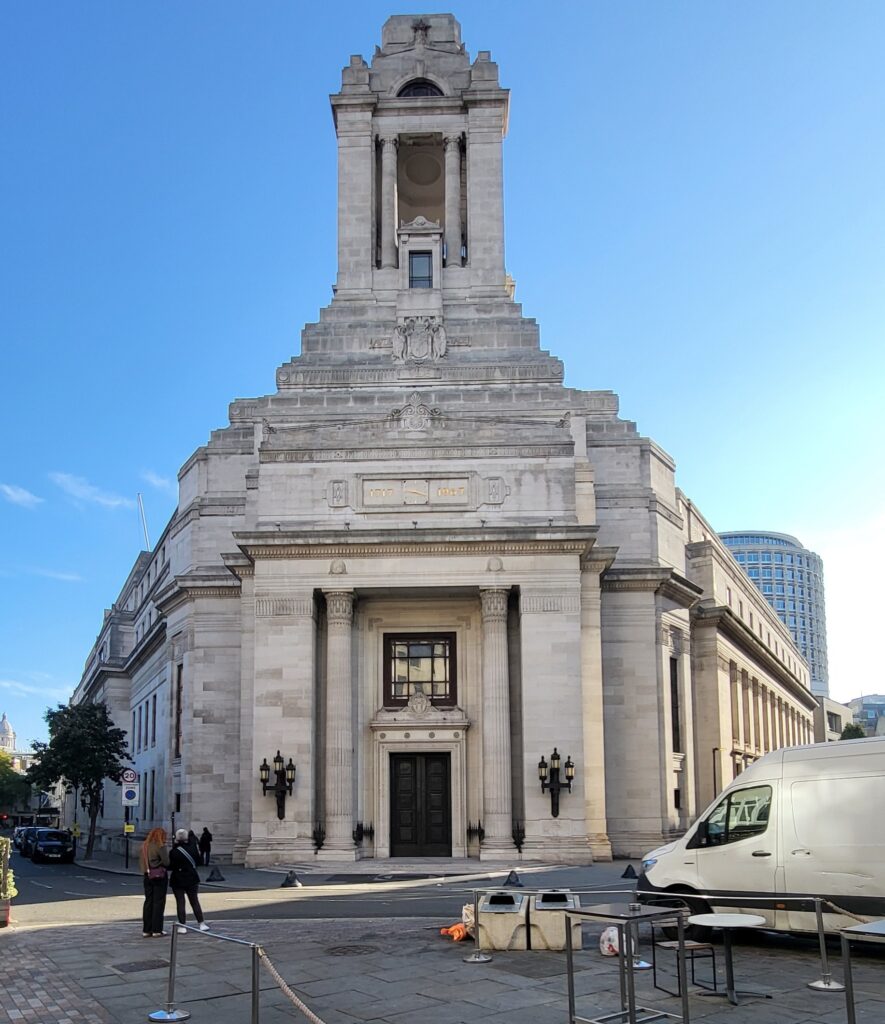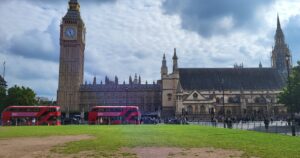Starting Off from Covent Garden

Starting Out From Holborn Travelodge
We Stepped out of the Travelodge at Holborn, and was immediately greeted by the bustle of central London. Depending on the time of day, the street outside can feel quite different: early morning, it’s quieter in the week with office workers drifting towards the Underground, but by mid-morning the pavements can be filled with tourists, students from nearby colleges, and Londoners on their way to meetings.
From the hotel doors, we turned south, the wide streets framed by handsome Victorian façades mixed with modern glass. Just a few steps away lies the entrance to Drury Lane, one of London’s most famous thoroughfares, steeped in theatre history.
Down Drury Lane
Walking down Drury Lane, the street narrows slightly, and you can almost feel the centuries of London life that have passed along this route. Historically associated with the theatre district, Drury Lane has an atmospheric mix of the old and the new.
- On your right you’ll spot the Gillray’s print shop and plaques, nods to the area’s artistic and satirical history.
- A little further down, you pass the grand Theatre Royal Drury Lane – the oldest continuously used theatre site in London, where plays have been performed since the 1600s. The current building, opened in 1812, has hosted everything from Shakespeare to Andrew Lloyd Webber musicals. If you pause for a moment, you’ll often see groups of theatre-goers taking photos outside, and posters advertising whatever West End blockbuster is on stage.
The atmosphere here is distinctly theatrical: pubs tucked in side streets, old lamp posts, and the faint smell of coffee from modern cafés alongside heritage shopfronts.
Towards Covent Garden
Continuing south, the road dips gently towards Covent Garden, one of the liveliest hubs in central London. If you glance left, narrow side lanes tempt you into hidden courtyards filled with wine bars, tiny bistros, and boutique shops. But keeping to your path, you’ll soon sense the growing buzz—buskers playing violins or singing opera, the clip-clop of horses from tourist carriages, and crowds drawn to Covent Garden’s historic piazza.
Though your walk bypasses the piazza’s main heart, you’re right on the fringe, skirting the outer edge of an area that has transformed from its 17th-century fruit and flower market origins into a world-famous destination for street performers, shops, and theatres.
From Drury Lane to Leicester Square
Drury Lane spills you out onto Long Acre, a busy shopping street lined with high-street names and buzzing cafés. Crossing carefully with the lights, you head west, and after a couple of minutes you’re pulled into the gravitational centre of Leicester Square.
Here, the atmosphere changes entirely: the pavements broaden, and suddenly the streets are dominated by neon, cinemas, and throngs of people. Leicester Square has been the home of British cinema since the early 20th century, and you’ll see the famous Odeon and Vue theatres where red-carpet premieres take place. The square itself, with its grassy centre and Shakespeare statue, is usually thronged with tourists, street performers, and food stalls.
Into Chinatown
Just a few steps from Leicester Square’s buzz, you slip into a different world entirely—London’s Chinatown. Passing through the grand red-and-gold Chinese archway on Gerrard Street, the mood shifts to the aroma of roasted duck, steamed buns, and sizzling woks. Bright red lanterns hang overhead, and the pavements are lined with Chinese bakeries, herbal medicine shops, and restaurants with glass-fronted displays of crispy pork and Peking duck.
Here, the pace seems both more frantic and more intimate: delivery bikes weave between pedestrians, restaurant staff call out offers, and the crowd is a lively mix of London locals and visitors from across the world. The colourful signs, bilingual menus, and rich smell of spices make it one of the most vibrant sections of your walk.





